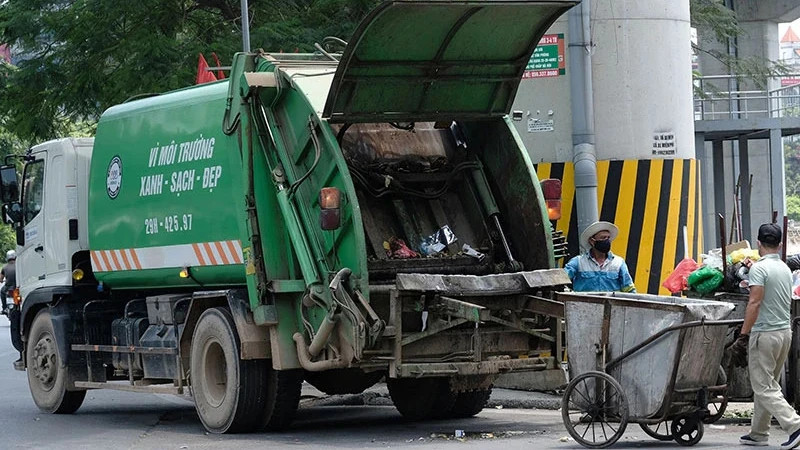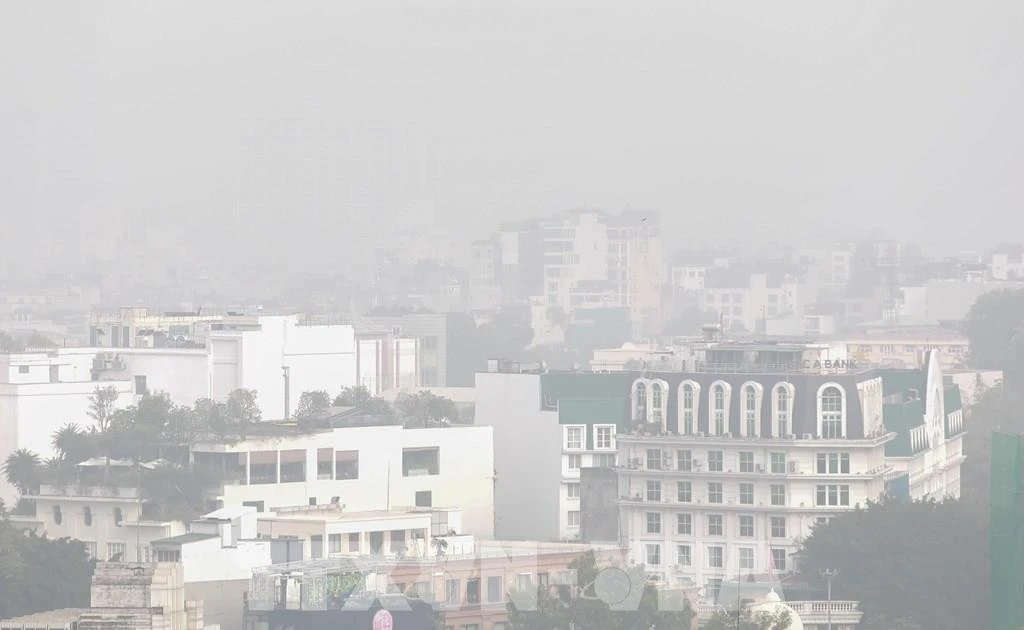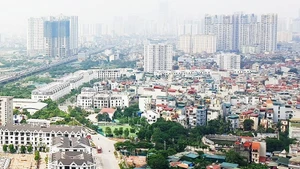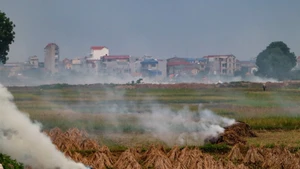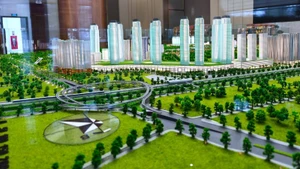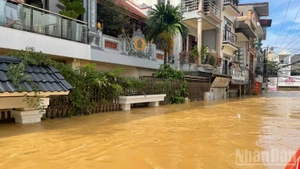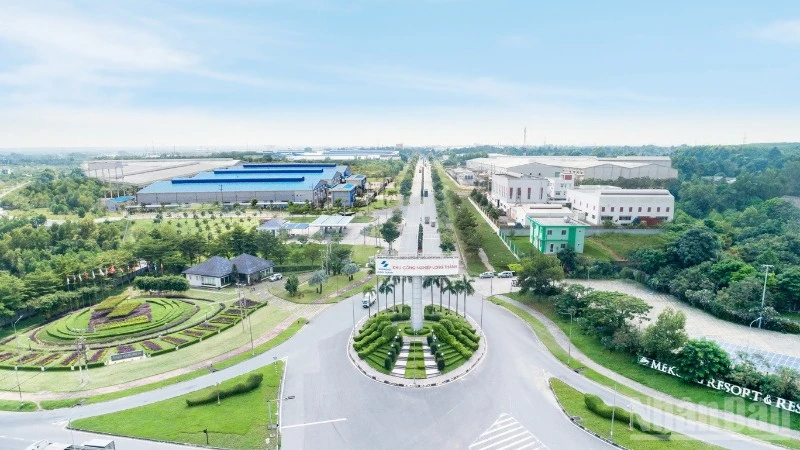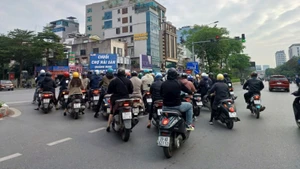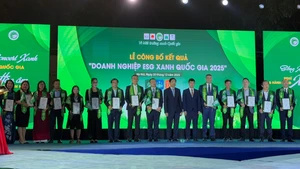Specifically, Article 75 stipulates that household solid waste from households and individuals will be classified into three groups: Waste that can be reused and recycled, food waste and other household solid waste. This is expected to be a breakthrough to improve the situation of pollution and overload due to waste as well as waste of resources in Vietnam.
The necessary condition is an operating standard for the regulation to quickly come into effect, while the sufficient condition is the waste classification-collection-treatment process. However, up to this point, issues regarding implementation guidelines, mechanisms, policies and people's awareness of classifying and treating household waste still face many difficulties and obstacles.
Up to now, there are still many difficulties and obstacles in implementing guidelines, mechanisms, policies and people’s awareness of classifying and treating household waste.
In Hanoi, the amount of solid waste generated in urban areas (mainly from households in public areas, such as streets, markets, offices, schools) is about 7,300 tonnes per day. Due to not being classified at the source, waste, inorganic and organic waste, and recyclable waste are mixed together, creating a large amount of waste that must be treated by landfill.
Since June 2024, Hanoi has piloted waste classification at the source in the districts of Ba Dinh, Hoan Kiem, Hai Ba Trung, Dong Da, and Nam Tu Liem to promote household solid waste management.
Hai Ba Trung District will pilot in Pham Dinh Ho Ward; Ba Dinh District will select Nguyen Trung Truc Ward; Nam Tu Liem District will deploy in Phu Do and Cau Dien wards; Dong Da District will select Nam Dong Ward.
As for Hoan Kiem District, due to its previous foundation, it will be piloted in all 18 wards.
However, after implementation, waste classification at source still has many limitations and shortcomings. Hanoi and other localities have not yet issued procedures, unit prices, and applicable norms for bulky household waste.
On the other hand, according to regulations, hazardous waste source owners must have appropriate means and equipment that meet technical requirements and management processes according to the law on environmental protection regulations. The specific instructions for these means and equipment are not yet available.
In some localities, waste is mainly buried hygienically. The benefits of recycling and waste classification have not been exploited. The price of waste collection and transportation services is low, and there is a lack of funding for technology investment.
Facing challenges in sorting, collection, and especially in managing household waste, on May 13, 2024, the Hanoi City People's Committee sent Document No. 1454/UBND-TNMT to the Ministry of Natural Resources and Environment requesting the implementation of procedures and economic standards for maintaining environmental hygiene and collecting, transporting, and processing sorted household waste. This will serve as the foundation for the city’s government to develop and issue procedures and technical and economic standards, as well as applicable unit prices across the city.
In addition, it is necessary to issue specific instructions on the storage, collection, transportation, and application of unit prices for treating hazardous waste generated by households and individuals after classification.
According to environmental experts, improving the sorting, collection, and management of solid household waste requires the involvement of the entire society. State management agencies must establish and implement regulations on the procedures and standards for collecting, transporting, and processing waste in a more open direction, providing guidelines for food waste management, developing indicators to evaluate efficiency, along with measures to check and handle violations, and encouraging community participation.
Localities must issue detailed guidance documents, develop waste classification plans, and develop and promulgate standards and technical requirements for contracts for collection, transportation, treatment and environmental sanitation.
Propaganda must be strengthened on the purpose and benefits of classifying household waste to guide correct community recognition and classification.
Especially each citizen needs to change their habits, take responsibility for the community, and regularly sort waste according to the guidelines, fostering awareness and contributing to environmental protection.
